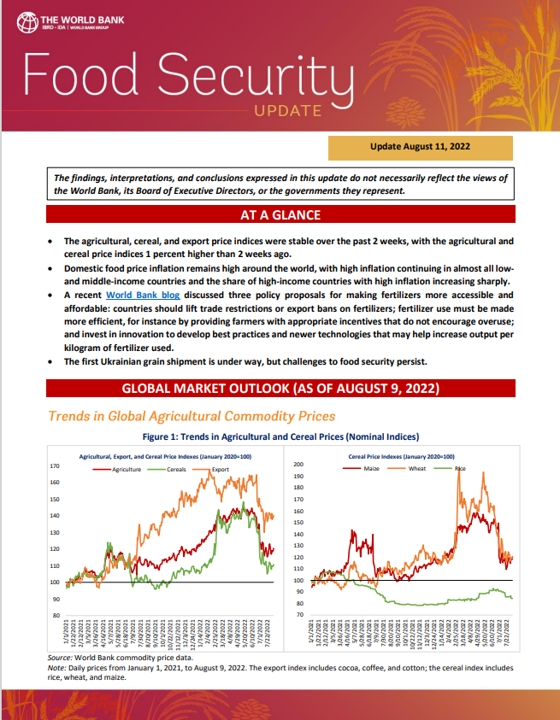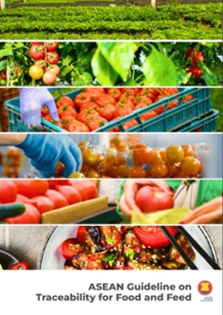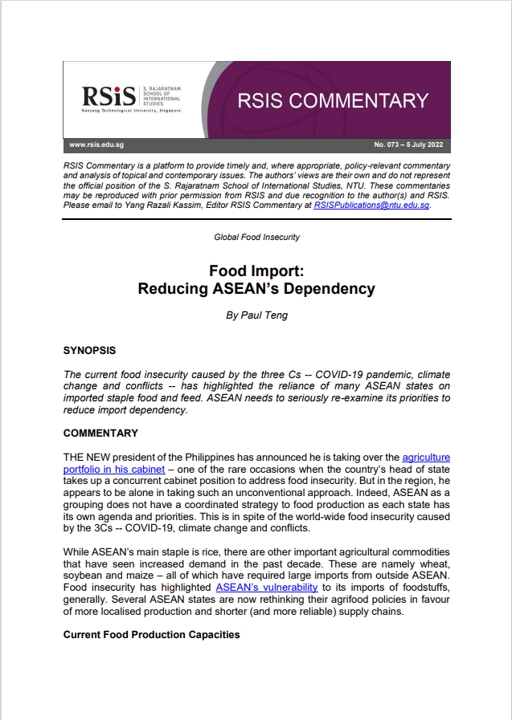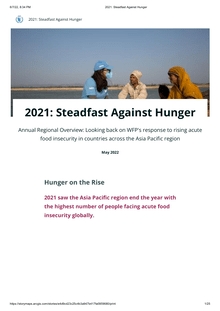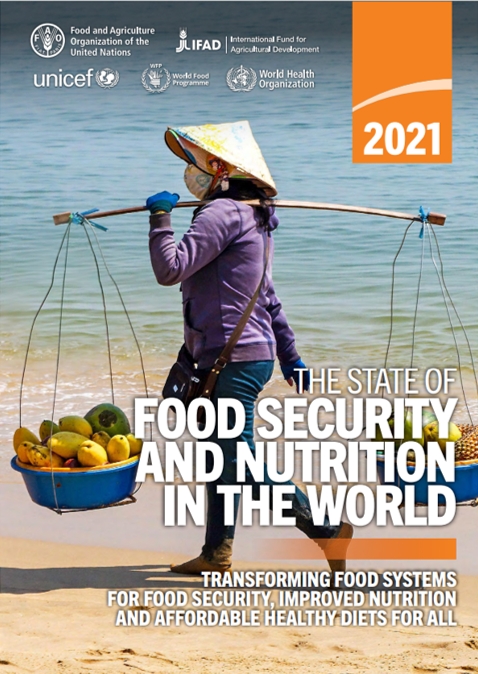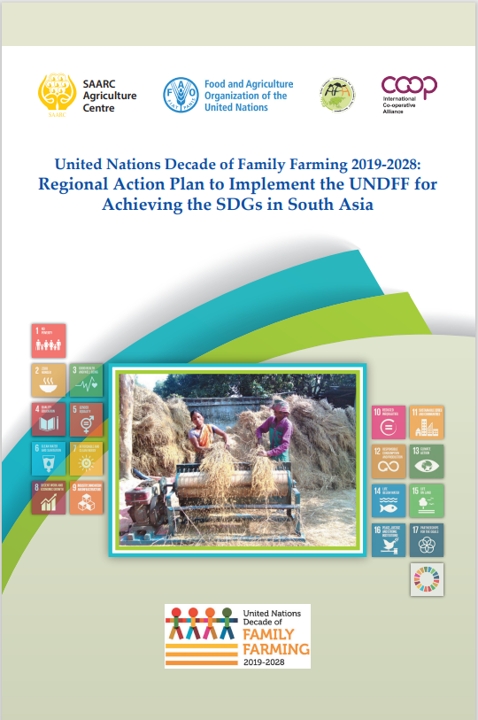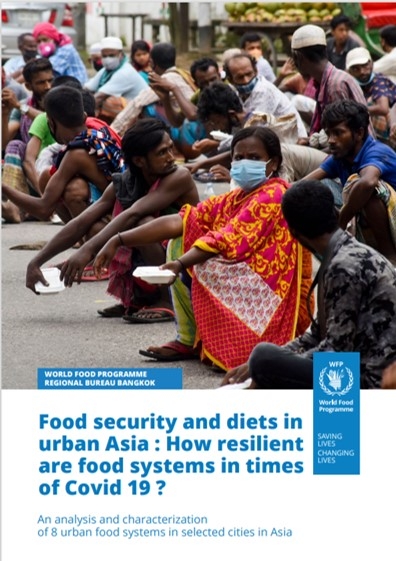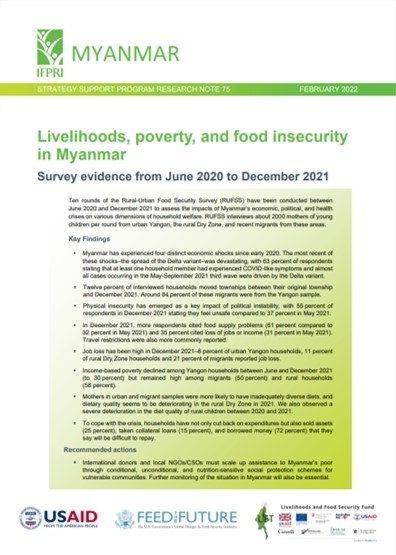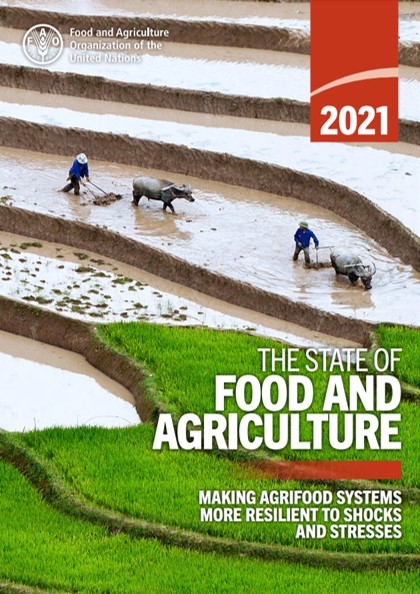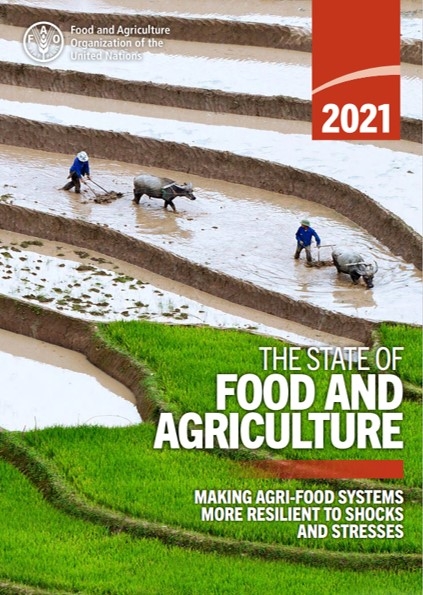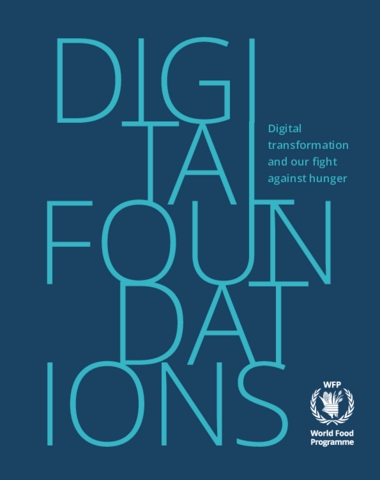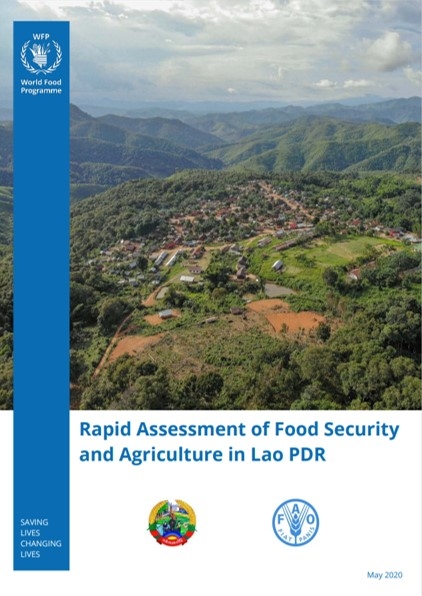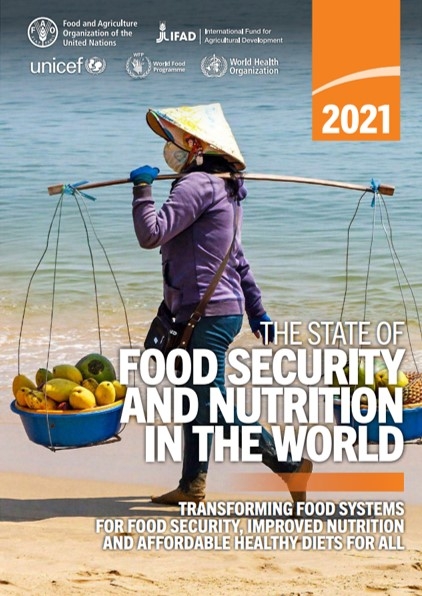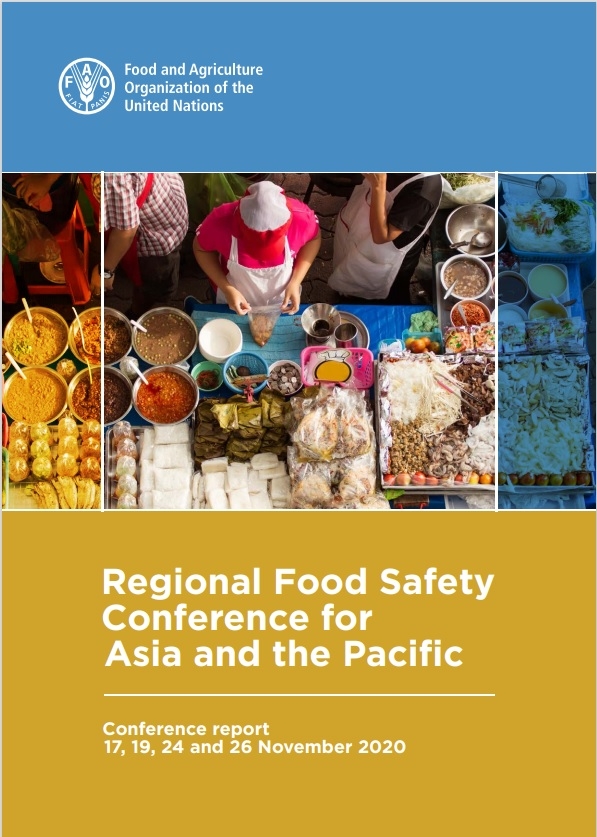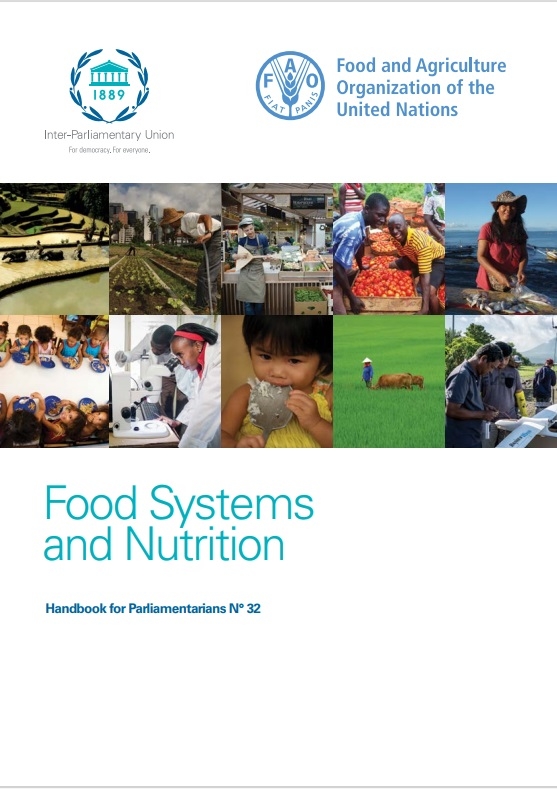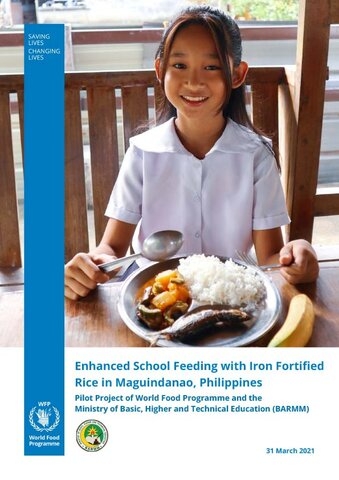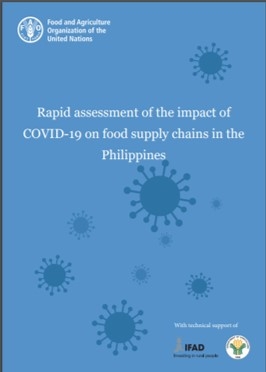Untapped potential
Food fortification – adding vitamins and minerals to commonly eaten foods - has proven to be an effective strategy in reducing micronutrient deficiencies. Countries in North America and Europe have been fortifying foods since the 1920s, which led to the virtual eradication of nutrition-related diseases like goiter, rickets, beriberi, and pellagra. But today 2 billion people across the world still suffer from vitamin and mineral deficiencies, as nutritious foods are still not accessible to all.
Until now, one staple has been largely neglected in global fortification efforts: rice. Rice is a staple for half the world’s population and can contribute up to 70 percent of people’s energy intake, particularly in low and middle-income countries. Places where rice is an important contributor to the diet often overlap with areas where micronutrient deficiencies are most common. Here lies an enormous opportunity as fortifying rice has great potential to help fight micronutrient deficiencies on a large scale.
Over the past decade, the World Food Programme (WFP) has been working with governments in Asia, Latin America and Africa to introduce and scale up rice fortification to fight micronutrient deficiencies. We have done so through many avenues – from working with lawmakers to legislate mandatory fortification of rice, to advocating for supportive policies, to providing technical support to the private sector in producing fortified kernels.
Through stories from nine countries on three continents, this booklet gives a brief overview of different ways in which WFP is working with governments and partners to support the scale-up of rice fortification and improve the nutrition of the world’s most vulnerable people.


